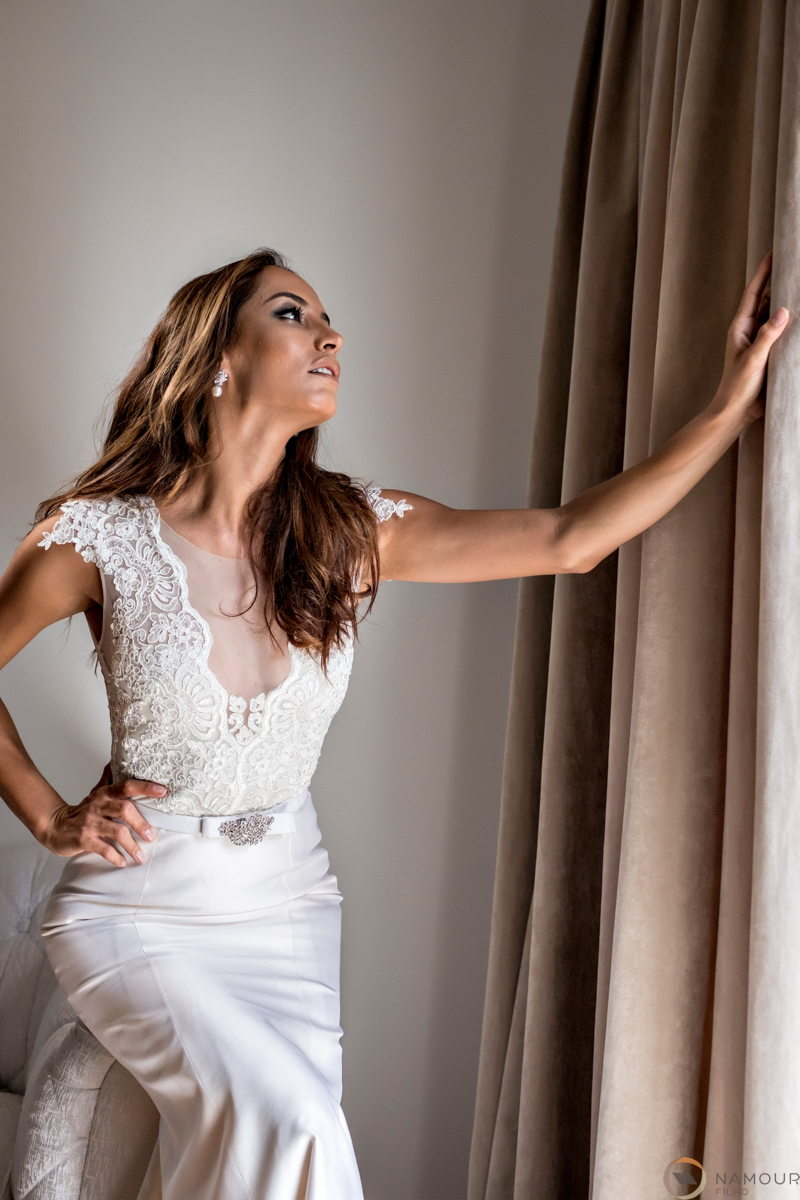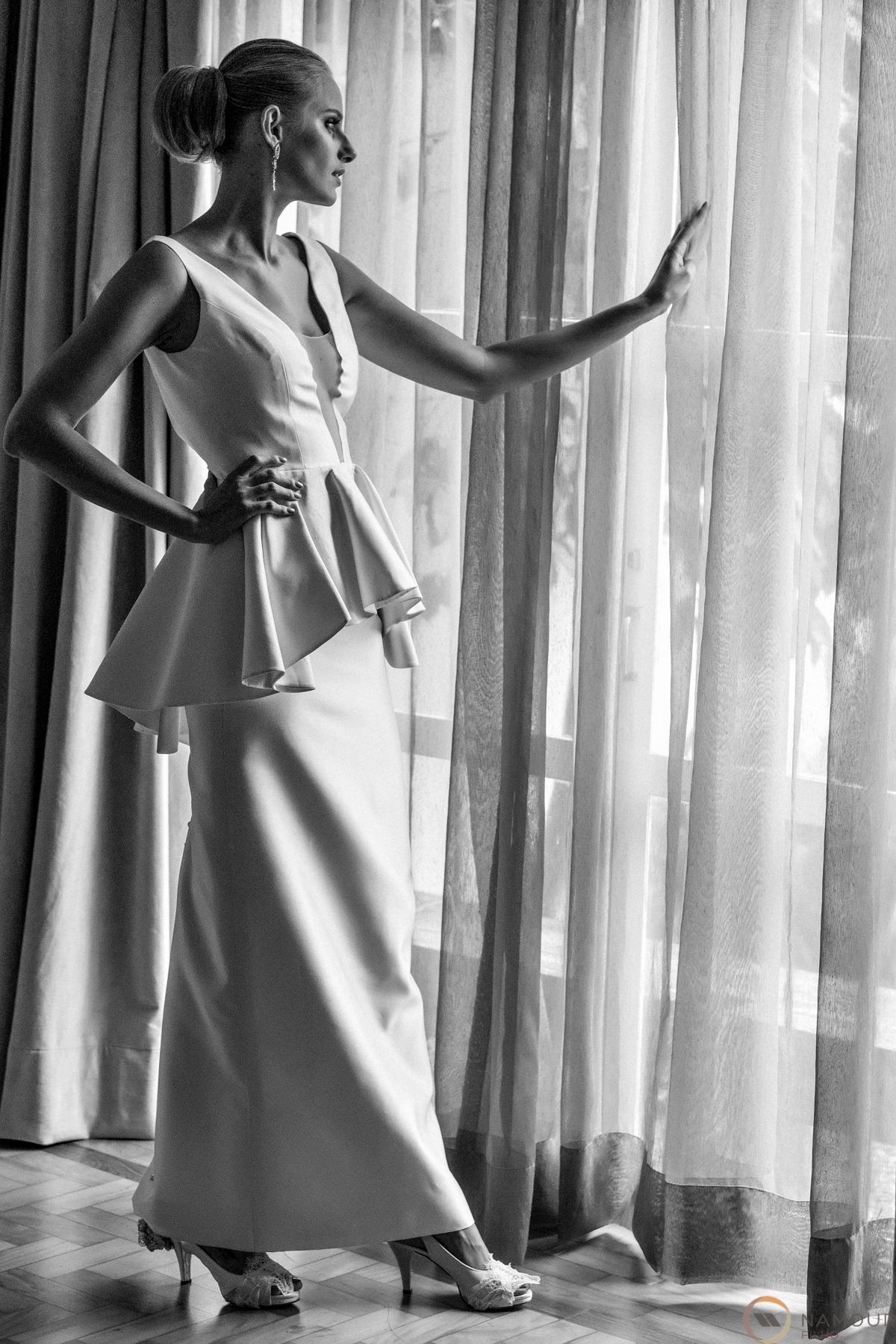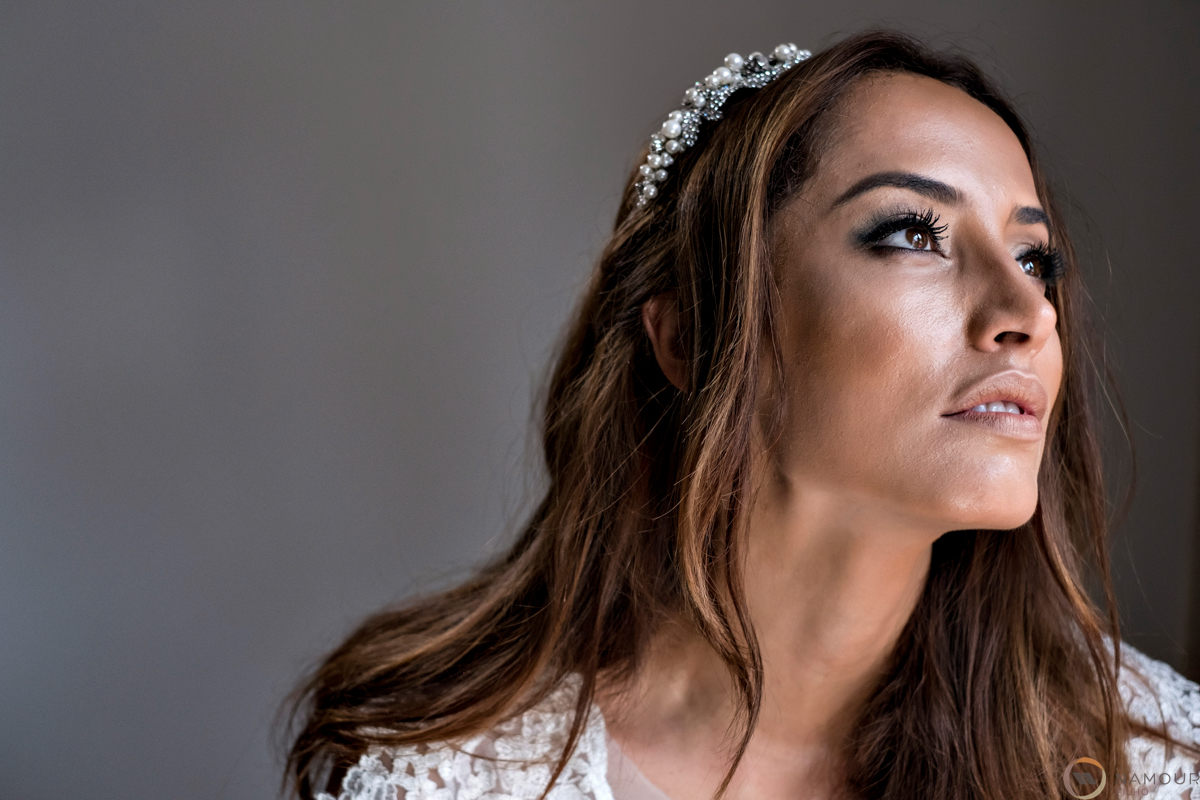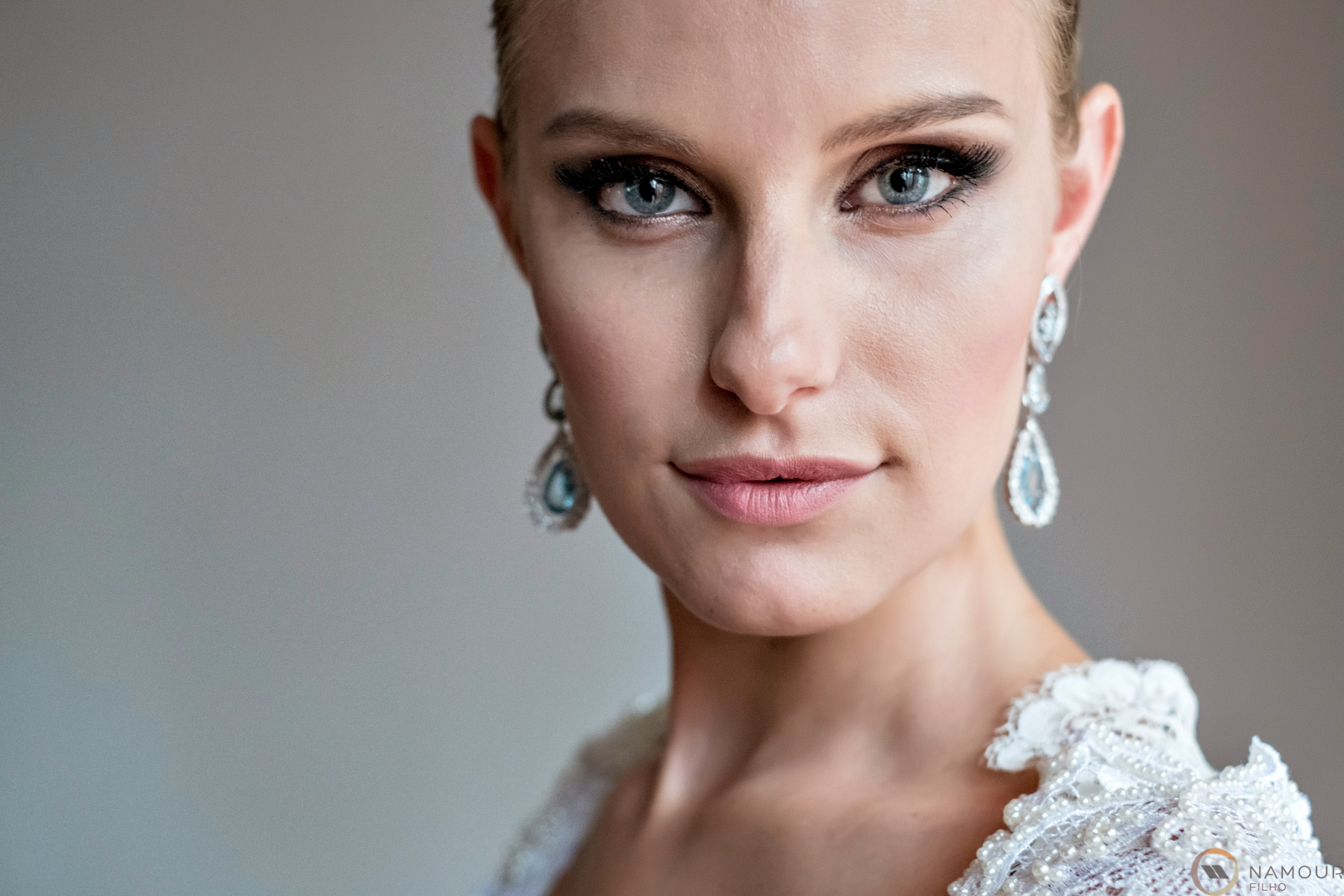I am afraid, after reading so many good reviews about the new X-Pro2, on doing another article and becoming redundant.
So I will try to put aside the purely technical aspects and I will give my personal impressions as a pro photographer of this camera. I’ll probably forget some points because there were many advances, but extol the most important in my view.
I am a photographer specializing in events and portraits, but I love shooting landscapes and street.
I am using the X-Pro2 for a month and I had a chance to test it on fashion photography, street photography and bridal portraits. My first impressions based on these experiences. Later I will write another article sharing also my wedding experiences with it.
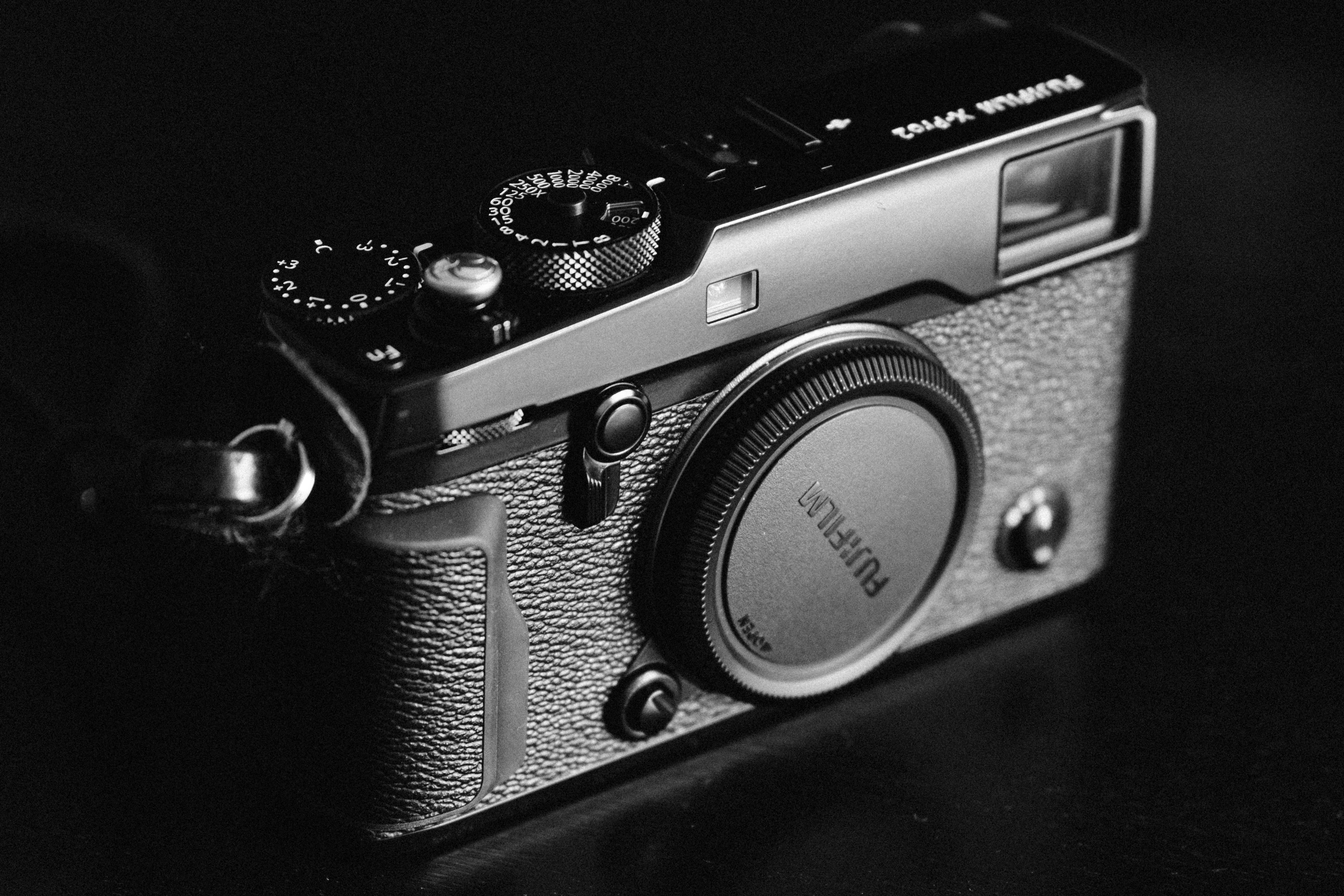
Well, I got the X-Pro2 and immediately noticed some very interesting points when it comes to operation and usability, we go to them:
- It is still light, following the tradition of the other X Series bodies. It fits the light family of 21 Fujinon lenses projected specially for the X Series.
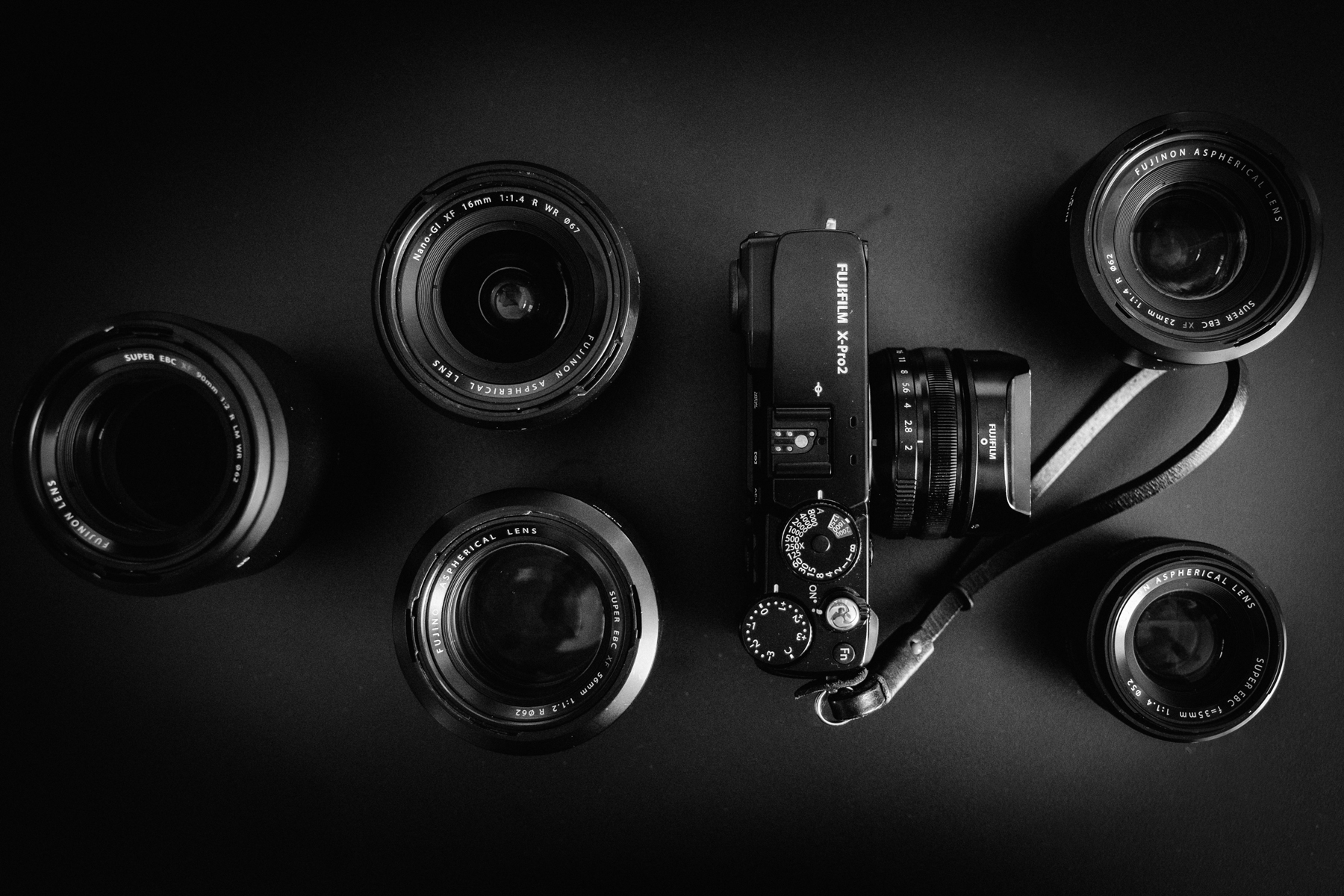
- The optical viewfinder works fine in addition to the eletronic viewfinder. I used external flashes and it worked perfect on optical option , I did not change any settings, just moved from EVF to OVF. And talking about OVF, Fujifilm brought all the technology from the X100t and add some details on it, like the split screen focus assist that is colored now. In addition the display corrects very accurately the parallax error. And the diopter adjustment has been added, something absent in the X-Pro1.
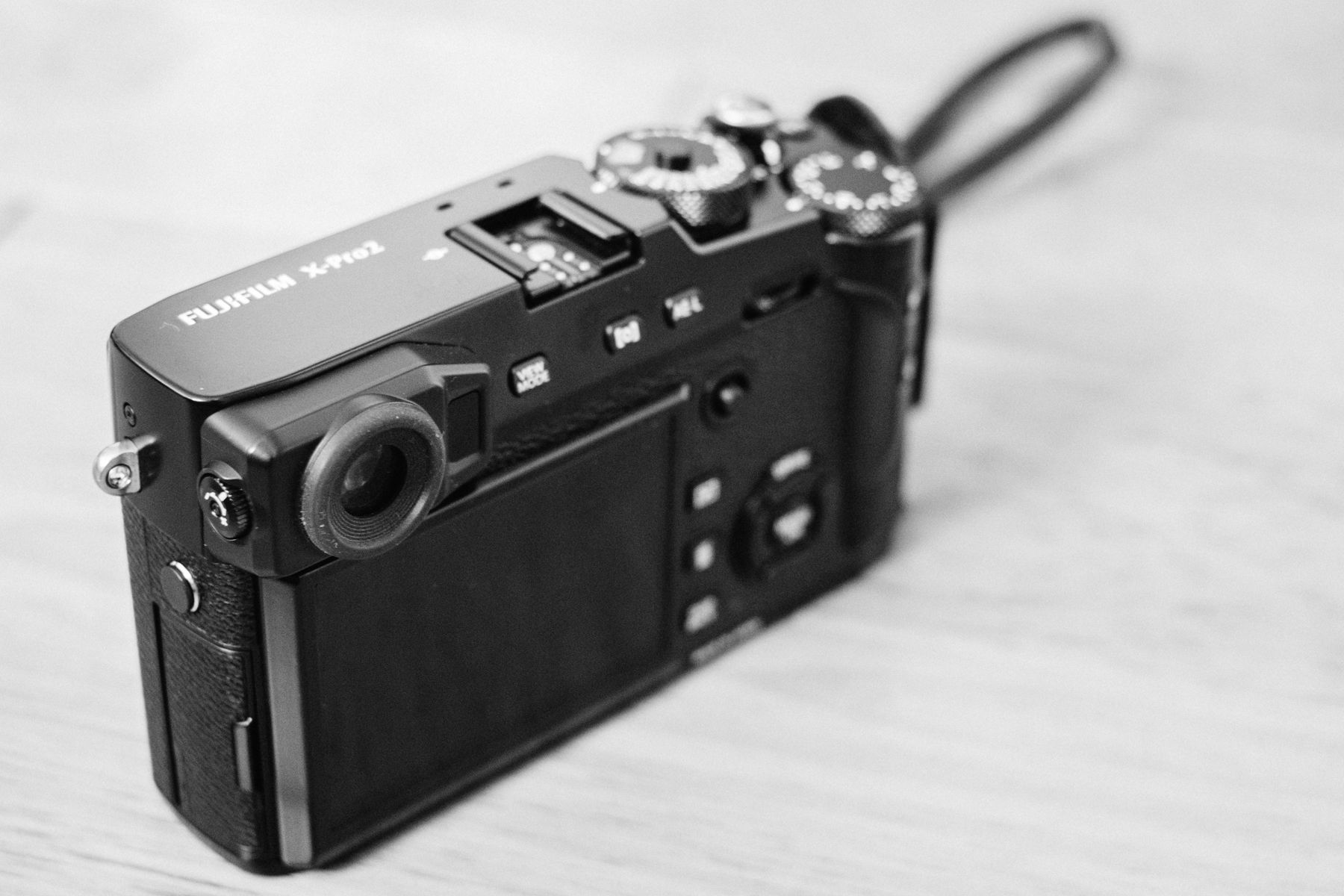
- The buttons are very ergonomic as well as the grip. All the X-Pro2 buttons at the request of users of the X-Pro1, were repositioned on the right side, to be accessible to the right hand of the photographer, which may operate the camera with one hand if its necessary. They were added two configurable wheels (one front and one rear) settings that also serve as buttons as in the X-T10.
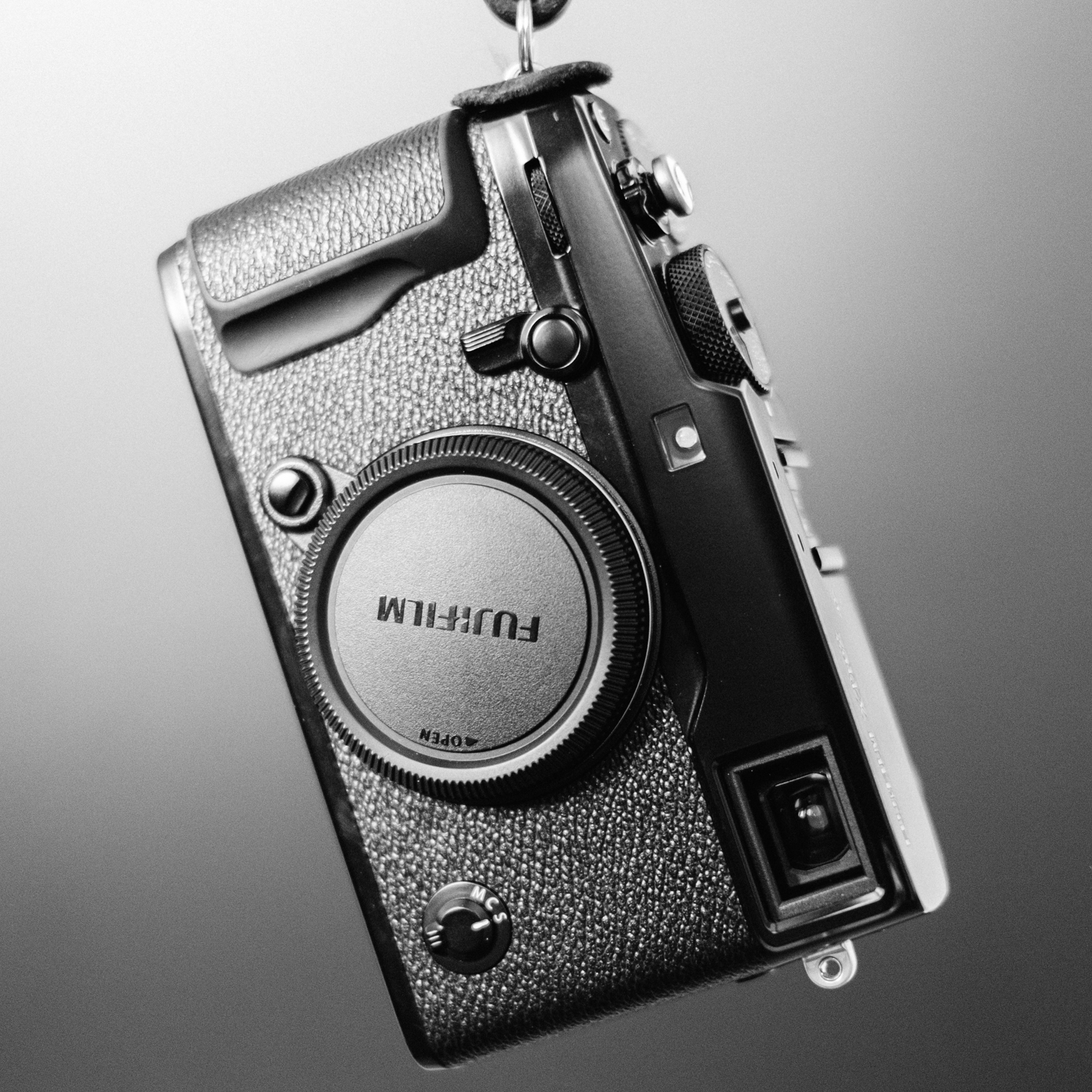
- The camera is a work horse, like a tank. Weather resistant, flawless construction, built to last.
- The shutter speed/ISO button is something to be stated, a masterpiece work with the possibility of speed up to 1/8000 the mechanical shutter (1/32000 on electronic shutter speed) and flash sync at 1/250. With the maximum ISO at 12800 in raw.

- As in X-E2, X-T10 and X100t the exposure compensation button gives the possibility of setting 3 f/stops upwards and 3 f/stops down, but with the novelty of the C button that enables commands the camera to be set on to 5 f/stops to up and down.
- The menu changed and added the filter Acros film simulator, based on the acclaimed film black and white Fujifilm characteristic by low lights contrasted more with no loss of detail in highlights. And more than this, the jpeg sets expanded to have more latitude and the adition of a new noise creator filter. Now it is possible to preset very detailed jpeg styles. More and more Fujifilm free us from the raw post edition.
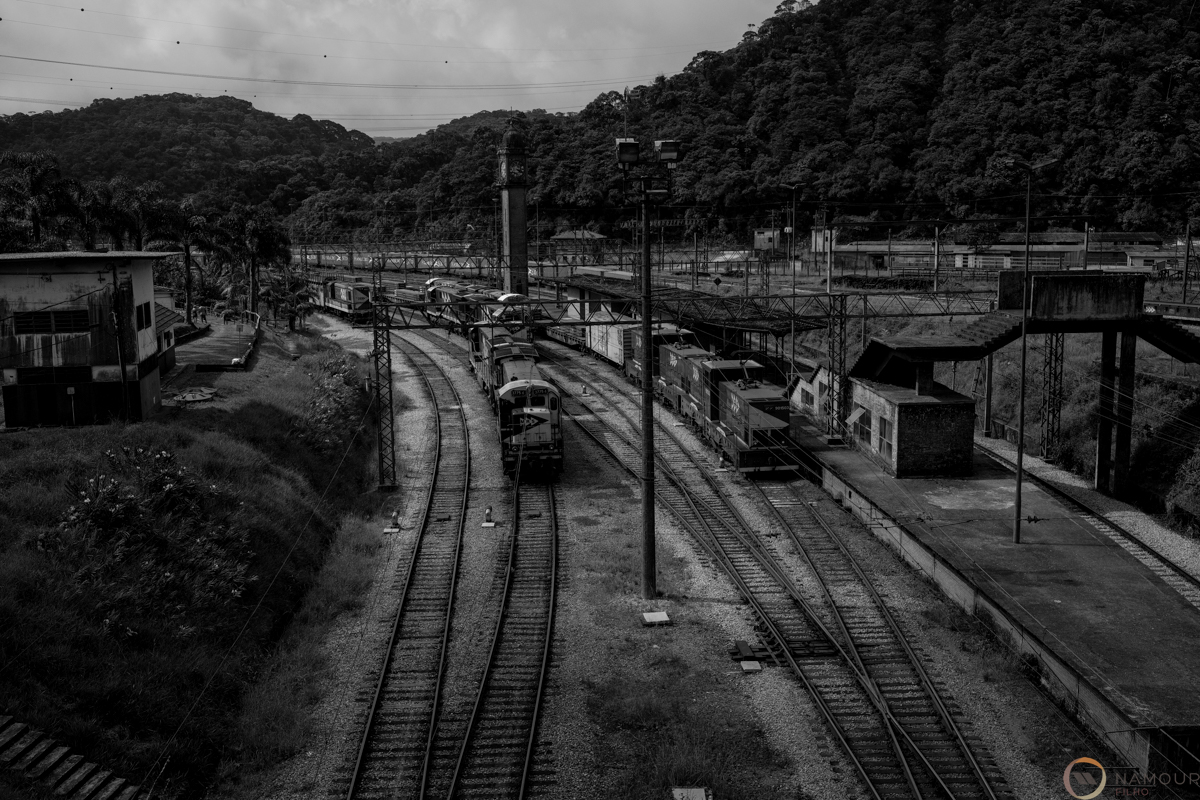
- Finally, the dual card slot, which provides reassurance to photographers events and the possibility of recording different formats in each slot.

Resolution
These are the most obvious technical points and repeated by numerous reviews already published.
I added some personal impressions I had while using the X-Pro2. And these three points by itself justify the launch of this model.
I have a lot of experience with the Fujifilm X cameras, already used the followed models: X20, X30, X100s, X100t, X-E2, X-T10 and X-T1. Most of these are equipped with APS-C X-Trans sensor, and deliver high-quality color and dynamic range already known by their users.
Despite having a maximum ISO in raw 6400 and 16 megapixels resolution, which in both cases is enough for me, many of the users who would like to migrate to X system Fujifilm complained of low resolution.
The resolution is a need for many photographers because they usually crop their images in post-production.
I was struck by the fact that Fujifilm developed a new sensor of the same size, but with a substantial increase of resolution to 24 megapixels, and not missing any feature of the 16-megapixel sensor, on the contrary, improving its quality. Managed softer transitions between low and high lights, giving it a natural aspect. Keeping all valuable information in their extremes, and enables using the image cropped when needed.
The 24 megapixels X-Trans raw image produces a raw file with a lot of information, between 35 and 60 megabytes. It is giant, ready to satisfy the most fastidious and demanding photographers.
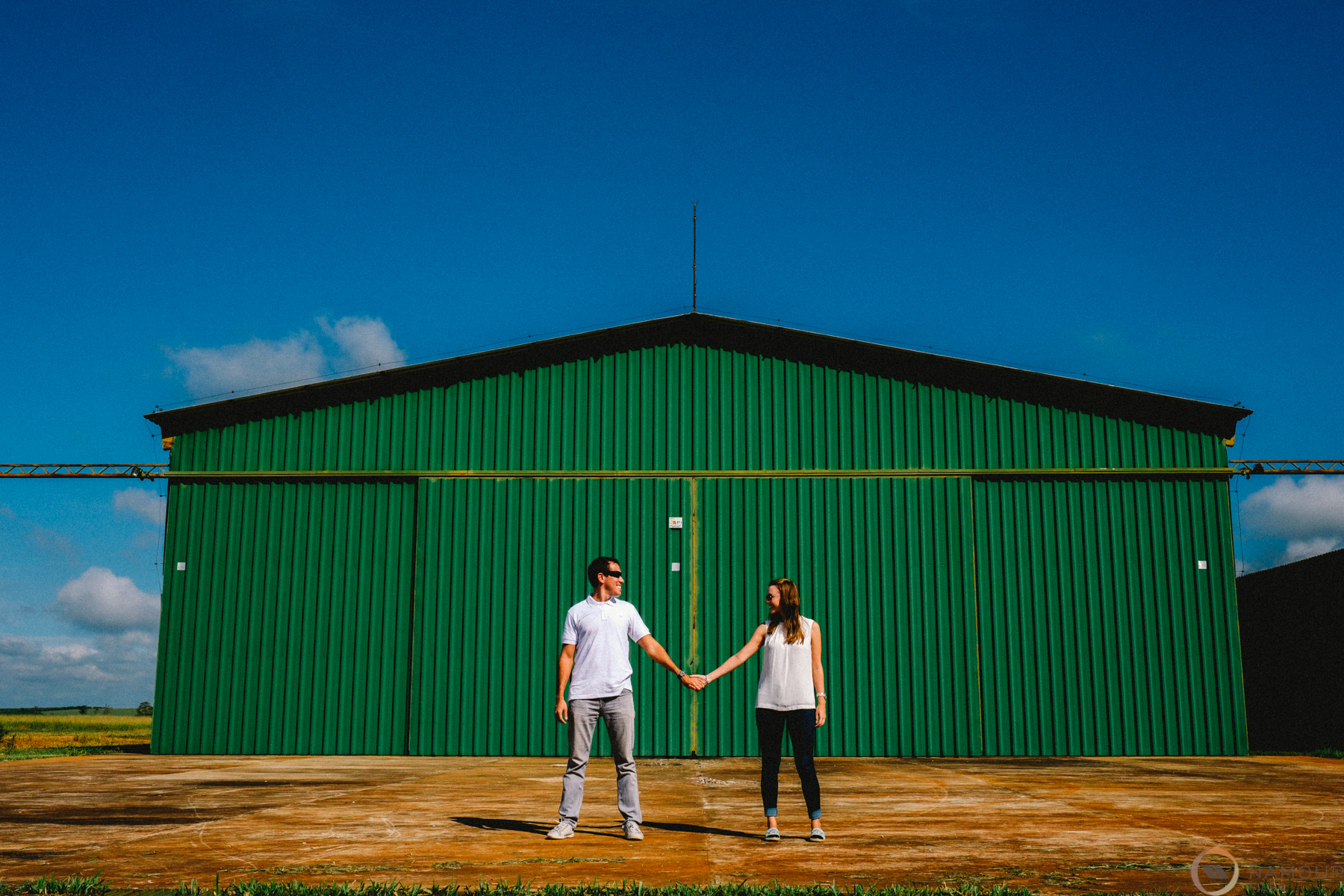
.
Sensibility and Dynamic Range
The highest ISO has been a boon for those using the equipment at weddings. One single f-stop gain can make a huge difference.
Another very important use for photographers who want higher ISO is the possibility of using smaller aperture to obtain more layers in their images.
The X-Pro2 can shoot in raw at ISO12800, gained 1 f-stop from the X-T1, but it was not just that. The appearance of the image now made to ISO 12800 is better than the ISO6400 equivalent in X-T1 because the noise can be better controlled , and this is a huge leap in quality.
There is also another very important feature of the X-Trans sensor, specially on this third generation. Its colors do not degrade sharply in quality even at high ISO. And this is a key and very important thing.
And finally, the new X-Trans III sensor has being increased from -2/+2 dynamic range f/stops of perfect image to -4/+4 f/stops. This makes a huge difference on many extreme high situations.
Autofocus
Since its launch in 2011, Fujifilm is listening to its users and one of the main complain was the autofocus speed. Since then they are upgrading it by firmware updates and new processor + sensor generations.
For users of X-T1 the last update occurred during the month of February 2016 has brought to this competitiveness required model to match up to a DSLR.
The X-Pro2 went well beyond the expectations.
Besides the addition of useful joystick and more points of autofocus. It brought a new sensor and processor, a third generation product which alone has provided higher autofocus speed, about 30% to 40% faster than the X-T1 with its last firmware update. But as we know that Fujifilm does not stop with the launch of the hardware itself, it is almost certain that the autofocus of this camera will be increased dramatically reaching higher levels of speed and usability.
These three aspects were missing to make the round system ready for any use, supplying from the amateur to the most demanding professionals.
Before you ask me if I saw a few cons in my review, I can say that despite the considerable improvements in the viewfinder response speed, I would like to see it as big as the X-T1, and I would expect a mobile LCD, also presents in the X- T1, if it were touch screen would be perfect. But I assume that these are details that do not detract X-Pro2, I understand that these are characteristics of the X-T1, and probably will be present in a probable X-T2
I believe that some points still deserve Fujifilm attention, as a radio flash system, for use primarily in external events and portraits.
And advertising photographers, still and Fine Art, who need more resolution, perhaps ask for a Fujifilm medium format, which would be a dream for many @fujixlovers.
But the system has advanced a lot and early reached an incredible maturity. The company announced in Japan in January, in celebration of five years of the X Series, which plans much more for the next 5 years. What is great news for customers.
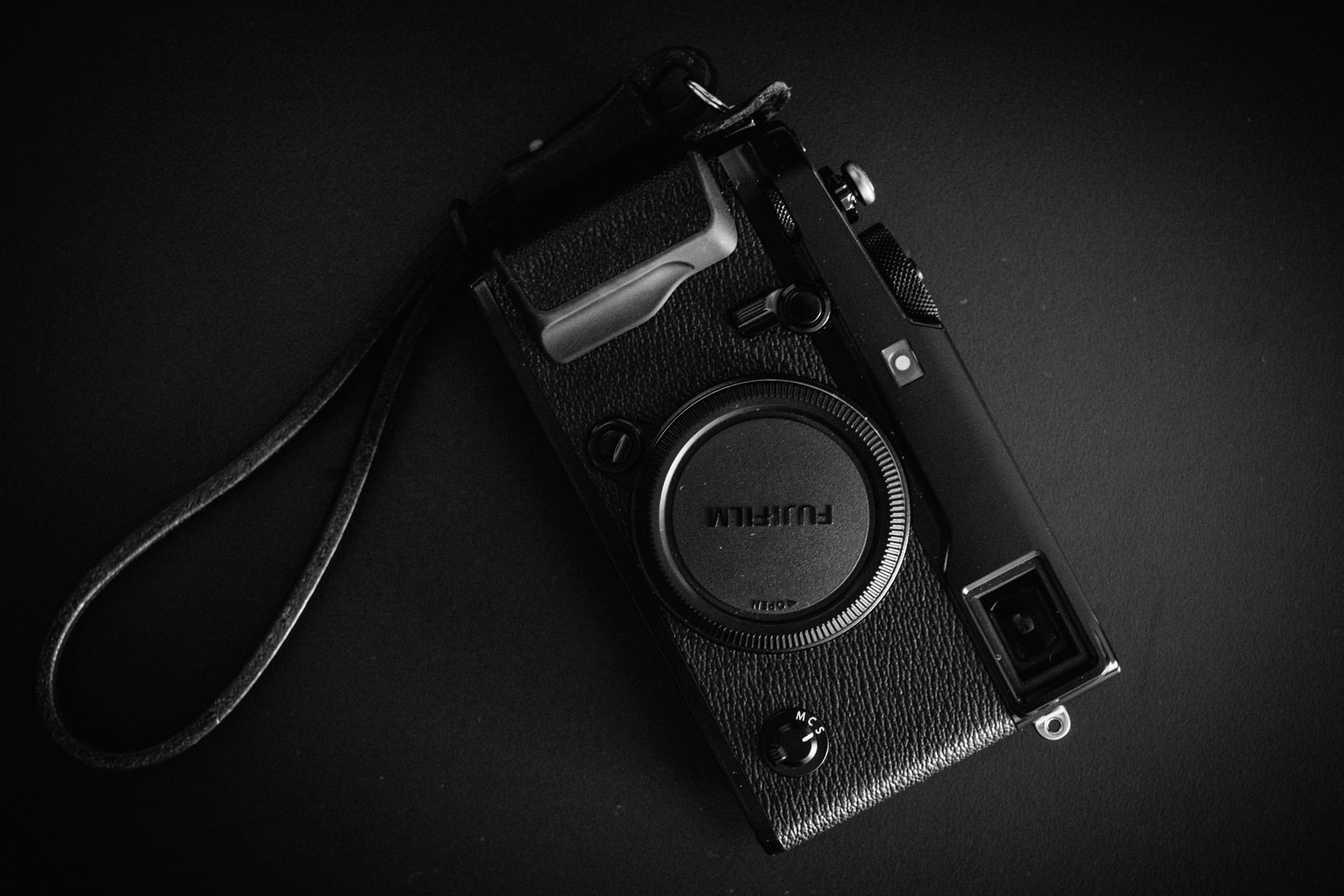
Final considerations
I’m testing the X-Pro2 for a month and every day I discover something new and fascinating in this new model. Fujifilm took years to make this model, and I can see that they spent long time thinking in all details.
Details that make the difference on the daily photographers work, and that’s very encouraging. This new camera mix its better resolution, DR, sensibility and speed to a lot of small details.
I see the X-Pro2 as the Fujifilm game changer.
It is a camera to be discovered by each photographer who really loves the essense of photography.
I brought some images I made with the X-Pro2, see below:

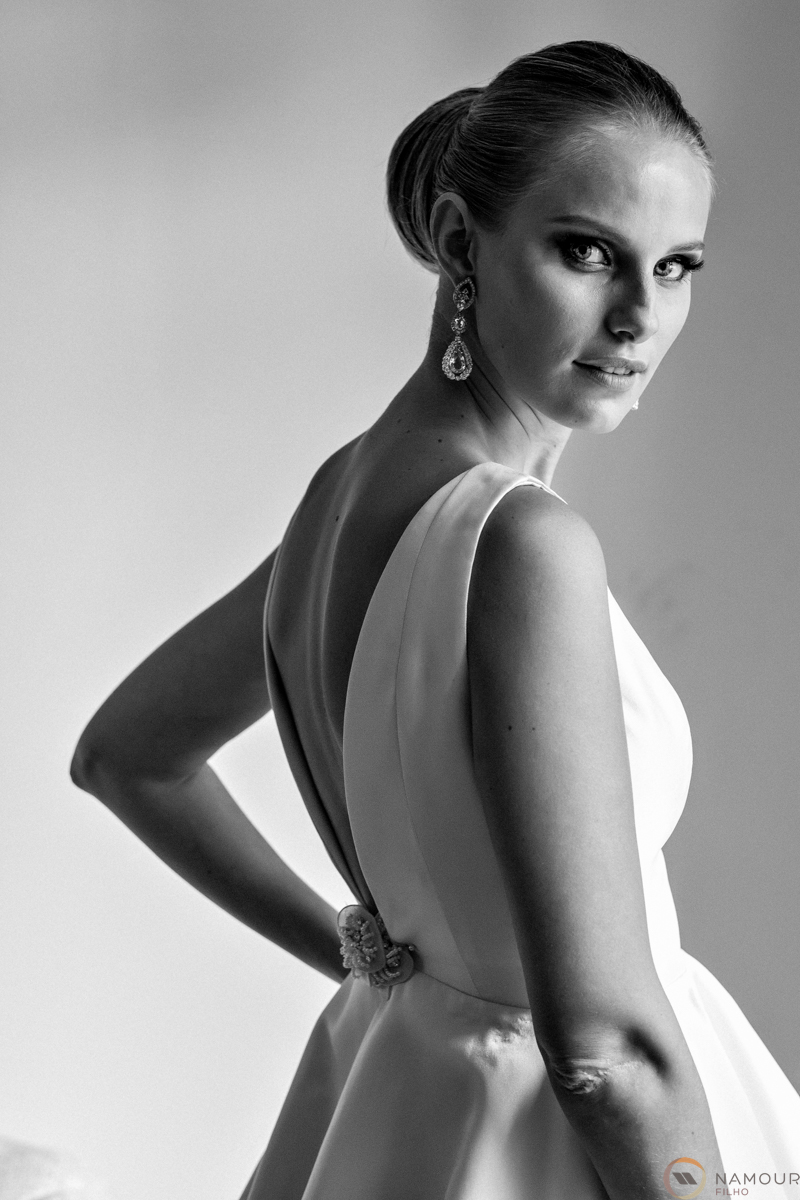

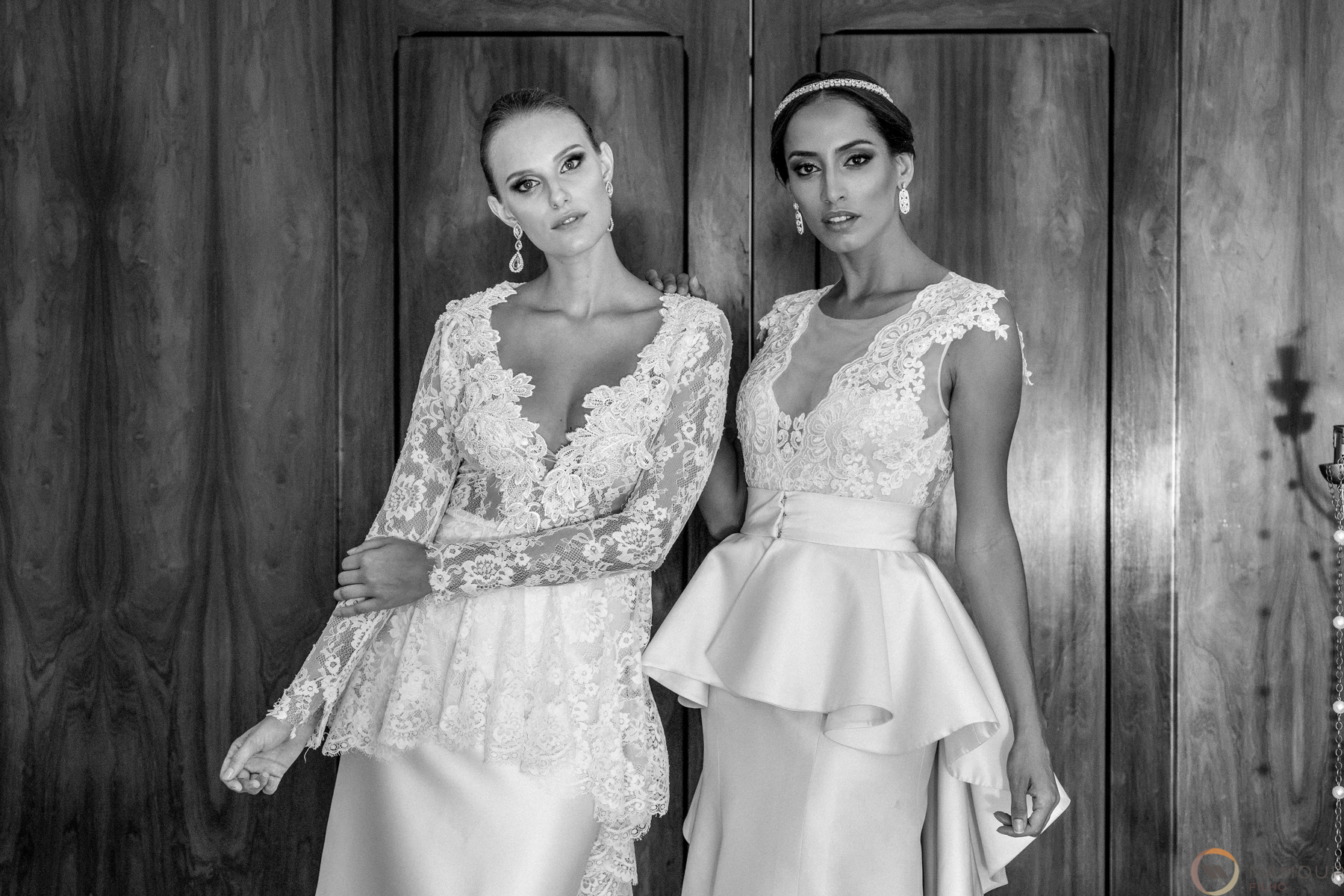
PORTUGUESE VERSION
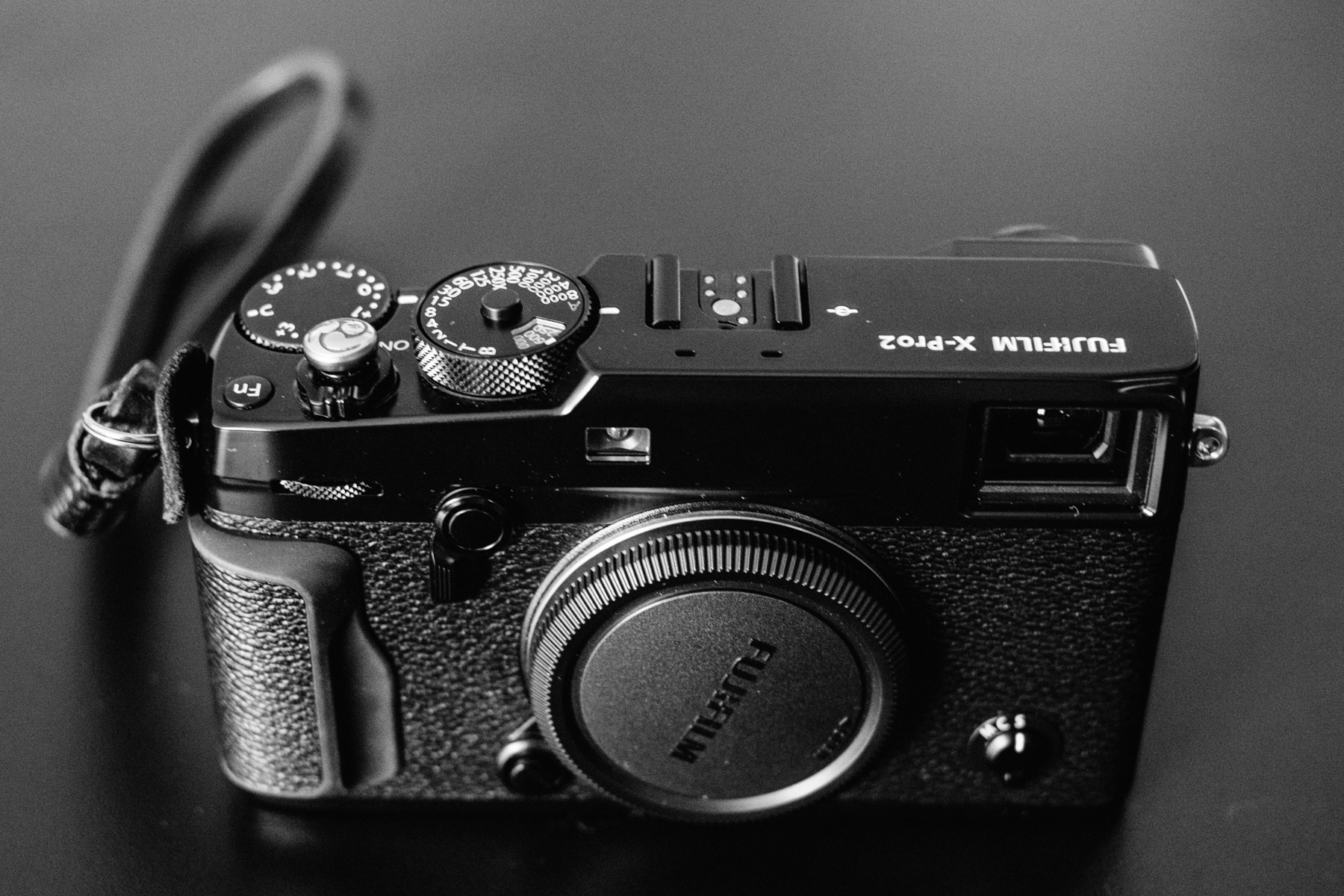
X-Pro2: a virada de jogo
Tenho lido muitos reviews sobre a nova X-Pro2, e tenho medo de, ao fazer mais um artigo, tornar-me redundante.
Portanto vou tentar deixar de lado os aspectos puramente técnicos e vou passar minhas impressões pessoais sobre esta câmera. Provavelmente vou esquecer de alguns pontos, pois foram muitos avanços, mas exalto os mais importantes no meu ponto de vista.
Sou um fotógrafo especializado em eventos e retratos, mas adoro fotografar paisagens e rua.
Recebi da Fujifilm a minha X-Pro2 a 3 semanas e tive a oportunidade de testá-la em trabalhos para moda, fotografia de rua e retratos de noivas. Esses serão os temas aos quais vou discorrer neste artigo. Pretendo falar especificamente sobre seu uso em casamentos assim que usá-la para este fim.
Bem, recebi a X-Pro2 e imediatamente notei alguns pontos muito interessantes em se tratando de operação e usabilidade, vamos a eles:
- Ela é leve, seguindo a tradição de suas colegas de série. O que, em combinação com as 21 opções de lentes Fujinon para a série, torna o conjunto confortável para trabalhos longos;
- O visor ótico trabalha muito bem em complemento ao visor eletrônico. Fiz o teste ao usar flashs escravos e foi perfeito, não precisei mudar nenhuma configuração. Além disso o visor corrige com muita exatidão o erro de paralaxe. E o ajuste de dioptria foi acrescentado, algo ausente na X-Pro1. Além disso ela trouxe avanços presentes na X100t como a pequena tela eletrônica que amplia a imagem para auxiliar no foco manual, na X-Pro2 essa tela fica colorida.

.
- Os botões são muito ergonômicos, assim como a pegada. Todos os botões da X-Pro2, a pedido dos usuários da X-Pro1, foram reposicionados do lado direto, para estarem acessíveis à mão direita do fotógrafo, podendo este operar toda a câmera com uma só mão se necessário. Foram acrescidos dois discos (um frontal e outro traseiro) de ajustes configuráveis que servem também como botões, como na X-T10.
- A câmera é um work horse, isto é, um tanque de guerra. Resistente a água, construção impecável, feita para durar.
- O botão da velocidade e ISO foi uma sacada incrível, uma obra prima de engenharia com a possibilidade de velocidade de até 1/8000 mecânica (1/32000 eletrônica) e sincronismo de flash a 1/250. Além do ISO máximo de 12800 em raw.
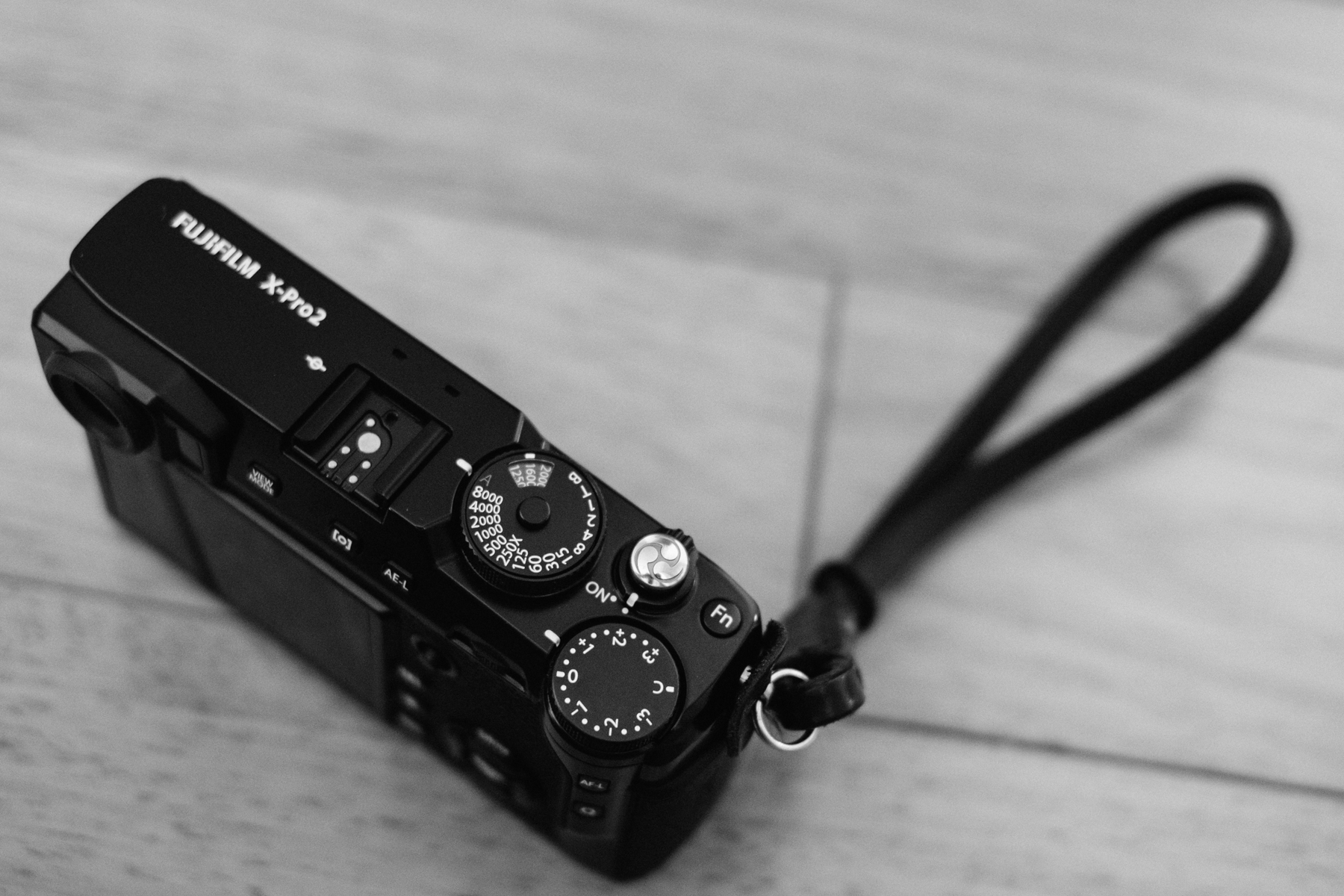
.
- Assim como na X-E2, X-T10 e X100t o botão de exposição dá a possibilidade de regulagem de 3 pontos pra cima e 3 pontos pra baixo, mas com a novidade do botão C que habilita comandos na câmera que possibilitam essa regulagem em até 5 pontos pra cima e pra baixo.
- O menu mudou e foi acrescentado o filtro simulador de filme Acros, baseado no aclamado filme preto e branco da Fujifilm, característico pelas baixas luzes mais fechadas, isto é, mais contraste sem a perda de detalhes em altas luzes.

- E por fim, o slot duplo de cartão, o que traz tranquilidade para fotógrafos de eventos e a possibilidade de gravação de formatos diferentes em cada slot.
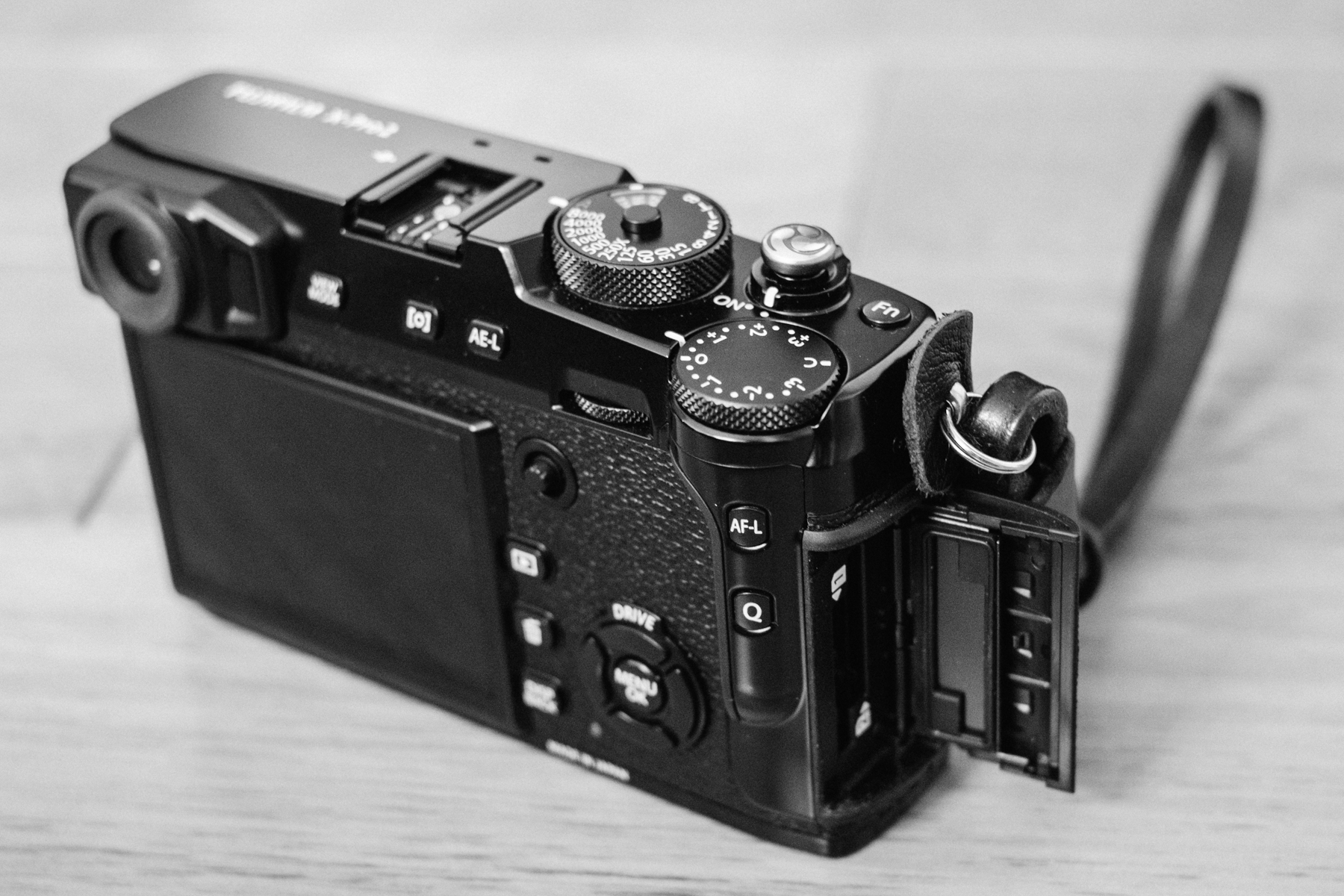
.
Esses são os pontos técnicos mais evidentes e repetidos pelos inúmeros reviews já publicados.
Acrescento agora algumas impressões que tive durante o uso da X-Pro2. E esses 3 pontos por si só justificam o lançamento deste modelo.
Resolução
Tenho muita experiência nas câmeras Fujifilm X, já usei os modelos X20, X30, X100s, X100t, X-E2, X-T10 e X-T1. Tirando as duas primeiras, todas as demais são dotadas de sensores APS-C X-Trans, e entregam a alta qualidade em cores e alcance dinâmico que todos já conhecem.
Apesar de ter um ISO máximo em raw de 6400 e 16 megapixels de resolução, o que nos dois casos pra mim é suficiente, os usuários e muitos dos que gostariam de migrar para o sistema X da Fujifilm reclamavam de pouca resolução.
A resolução principalmente para muitos fotógrafos que tem costume de cropar suas imagens editando-as na pós produção.
Fiquei impressionado pelo fato da Fujifilm desenvolver um novo sensor do mesmo tamanho, mas com aumento substancial de resolução a 24 megapixels, e não perder nenhuma característica do sensor de 16 megapixels. Consegui transições entre baixas e altas luzes suaves, detalhadas, naturais. Mantendo todas as informações preciosas em seus extremos, e possibilitando o uso do crop quando necessário.
O arquivo X-Trans de 24 megapixels da X-Pro2 tem entre 35 e 60 megabytes. É gigante e dotado de muita informação, pronto para satisfazer os fotógrafos mais detalhistas e exigentes.
Sensibilidade
O ISO mais alto foi uma benção para os que utilizam o equipamento em casamentos, pois 1 ponto de ganho pode fazer a diferença na captação de um momento à luz natural.
Outro uso muito importante para fotógrafos que querem ISO mais alto é a possibilidade de se utilizar o diafragma mais fechado retratando mais camadas em suas imagens.
Outro ponto interessante, na X-Pro2 posso fotografar em raw a ISO12800, ganhei 1 ponto perante a X-T1, mais não foi só isso. O aspecto da imagem agora feita a ISO 12800 se aparenta muito a que entregava a X-T1 a ISO 3200, e esse foi um salto imenso em qualidade.
Como todos já sabem, com um arquivo em raw neste tamanho e com tanta informação, fotografar a ISO máximo em 12800 não causa nenhum tipo de preocupação, pois com uma pós produção bem feita todos os detalhes vem à tona.
No ponto sensibilidade gosto de frisar uma característica importante do sensor X Trans. Suas cores não degradam acentuadamente em qualidade mesmo a ISO alto. E esse é um ponto chave e muito importante.
Autofoco
Desde seu lançamento, em 2011, a Fujifilm vem ouvindo seus usuários e aprimorando a cada nova geração de sensor + processador e firmware o autofoco de seus modelos.
Para os usuários da X-T1 a última atualização ocorrida neste mês de fevereiro de 2016 já trouxe a este modelo a competitividade necessária para equivaler-se a uma DSLR.
A X-Pro2 foi além.
Além do acréscimo do útil joystick e de mais pontos de autofoco, assim como de todos os avanços dos modelos anteriores. Ela trouxe um novo sensor e processador, o que por si só já proporcionou maior velocidade de autofoco. Mas como já sabemos que a Fujifilm não para com o lançamento do hardware por si só, é quase certo que o autofoco desta câmera será incrementado radicalmente alcançando níveis de rapidez e usabilidade que ainda nem imaginamos.
Esses 3 pontos eram os que faltavam para deixar o sistema redondo, pronto para qualquer uso, suprindo do amador ao mais exigente dos profissionais.
Antes que me perguntem se vi alguns contras em meu review, posso dizer que apesar da melhora considerável de velocidade de resposta do visor eletrônico, gostaria de vê-lo grande como o X-T1, e esperava um LCD móvel, também presente na X-T1, se o mesmo fosse touchscreen seria perfeito. Mas assumo que são detalhes que não desmerecem a X-Pro2, entendo que estas são características relativas a X-T1, e provavelmente estarão presentes em uma provável X-T2
Acredito que alguns pontos ainda merecem atenção da Fujifilm, como o sistema de flash via radio, para uso principalmente em eventos e retratos externos, e para os fotógrafos publicitários, de still e de Fine Art, que precisam de mais resolução, talvez uma médio formato, o que seria um sonho para muitos @fujixlovers.
Mas o sistema avançou muito e alcança precocemente um amadurecimento incrível. A empresa anunciou no Japão em Janeiro, nas comemorações dos 5 anos da Série X, que planeja muito mais para os próximos 5 anos. O que é uma ótima notícia para seus clientes.
.

.
Considerações finais
Estou com a X-Pro2 a um mês e a cada dia descubro algo novo e fascinante neste novo modelo. A Fujifilm demorou anos para dar este salto, mas fez isso pensando nos mínimos detalhes. Detalhes que fazem diferença para o trabalho e manejo do fotógrafo em seu dia-a-dia, e isso é muito animador.
Sinto no modelo um conjunto de avanços pequenos mas significativos, que se somam ao aumento de resolução, sensibilidade e velocidade.
Vejo a X-Pro2 como a virada de mesa da Fujifilm, é uma câmera a ser descoberta por cada fotógrafo que fotografa por amor.
Vejam abaixo algumas imagens que produzi com a nova X-Pro2:
.
